#japanism
Text
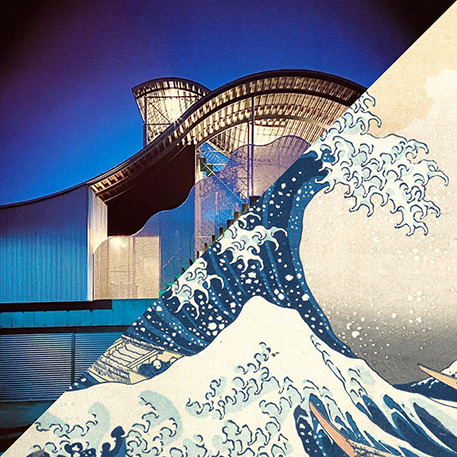
Itsuko Hasegawa, Nerima House, Nerima-ku | Tokyo, Japan, 1985-1986
VS
Hokusai, The Great Wave off Kanagawa, 1829-1833
#Itsuko Hasegawa#nerima#nerima-ku#tokyo#japan#architecture#house#home#Hokusai#wave#kanagawa#sea#japanism
115 notes
·
View notes
Photo
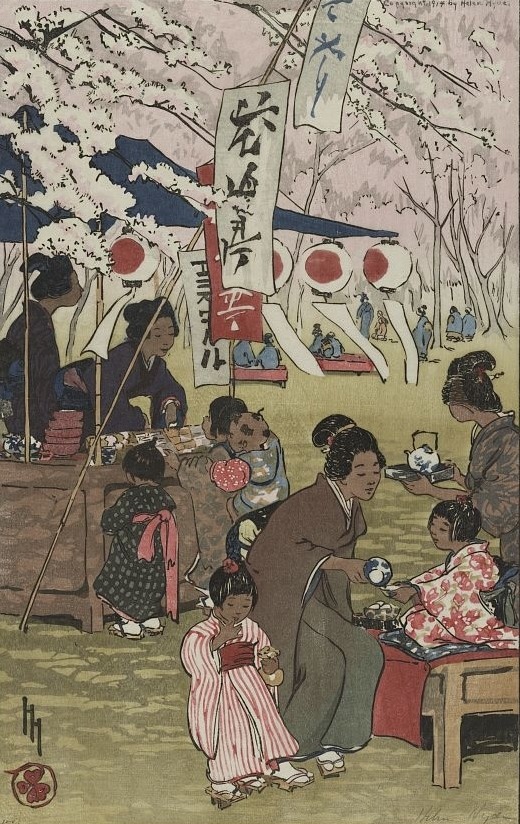
124 notes
·
View notes
Photo

‘Showa 88’ by Kazuyoshi Usui, 2011. Courtesy of Zen Foto Gallery
https://pen-online.com/arts/kazuyoshi-usuis-fantasy-japanese-society/?scrolled=0
11 notes
·
View notes
Photo

Emma Ekwall (Swedish, 1838 - 1925): Interior with children at table with Japanese still life (via Stockholms Auktionsverk)
#Emma Ekwall#women artists#women painters#art#painting#japonism#japanism#orentalism#portrait#kids#nineteenth century#twentieth century
69 notes
·
View notes
Text

WTAPS X Vans Half Cab
14 notes
·
View notes
Text
My inspiration.
Chinese art form is popular for their silk paintings and paintings created with black or colourful brushstrokes. Japanese art form uses ink paints, oil paints for their woodblock printings and calligraphy.
The artistic tradition of monochrome painting originates in China, then it became widespread in Japan. In traditional Chinese painting, there are four main subjects that are fundamentally the same in Japanese painting: landscapes, portraits, birds and animals, flowers and trees.
FAN KUAN (范寬, ca.950–1032) was a Chinese landscape painter during the Song Dynasty (960–1279)

IKENAGA YASUNARI
Born in 1965 in Oita prefecture and graduated from the Midorigaoka High School (attached to the Oita Prefectural College of Arts and Culture). Painted on his own dyed linen canvas, his "bijinga (Portraits/ prints of beautiful women)" provide a sophisticated texture and taste. His first art book in 2014 is a long-seller and his works are also published as prints, calendars and coloring books. Even in foreign countries, his works are popular as design of stationeries and novels.

4 notes
·
View notes
Text


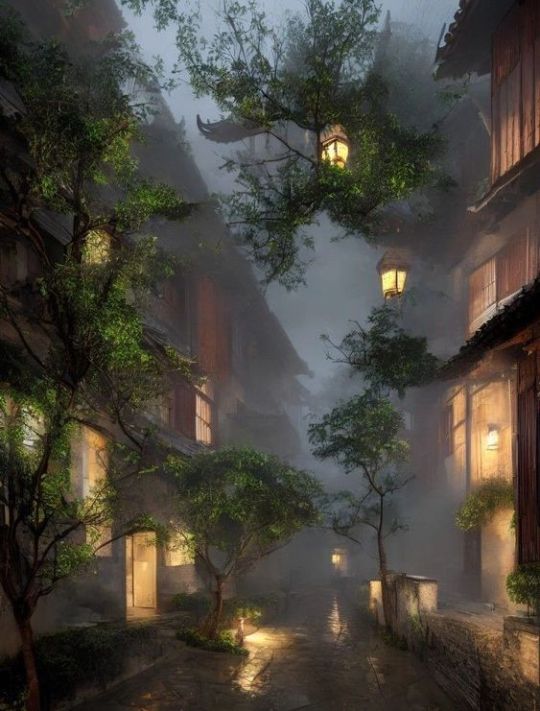
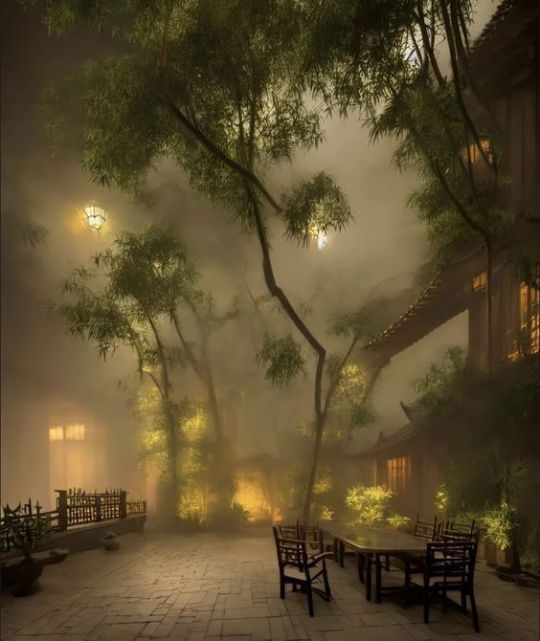
#landscape#paradise#nature#adventure#explore#travel#travelling#photography#aesthetic#naturecore#architecture#japan#goth#gothic#dark academia#alternative
38K notes
·
View notes
Text
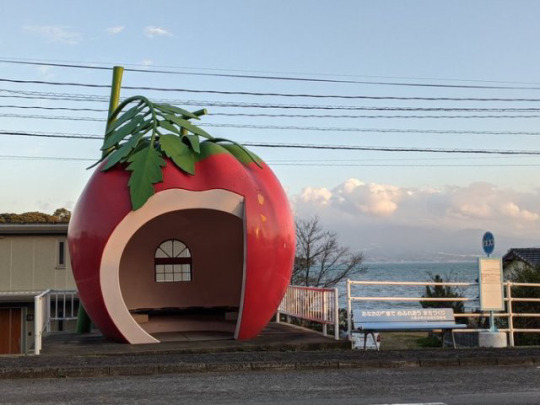



Fruit-Shaped Bus Stops (1990) Location: Nagasaki, Japan
#fruitcore#nagasaki#japan#travel#places#locations#strawberry#melon#lemon#tomato#foodcore#aesthetic#90s#1990#retro japan#citycore#silly#sillycore#cute#cutecore#kawaii#kawaiicore#canteloupe#landscapes#cottagecore#gardencore#gnomecore#architecture#sillyposting
45K notes
·
View notes
Text




Mozu: 名古屋展 (2021)
68K notes
·
View notes
Text

Hokusai, The Great Wave off Kanagawa, 1829-1833
VS
Wolfgang Tillmans, Ostgut Freischwimmer, left, 2004 (installation view at Fondation Beyeler, 2017)
#Hokusai#wave#kaganawa#japan#wolfgang tillmans#fondation beyeler#contemporary art#art#modern art#photography#cut and paste#collage#collage art#japanism#mount fuji
17 notes
·
View notes
Photo

7 notes
·
View notes
Text
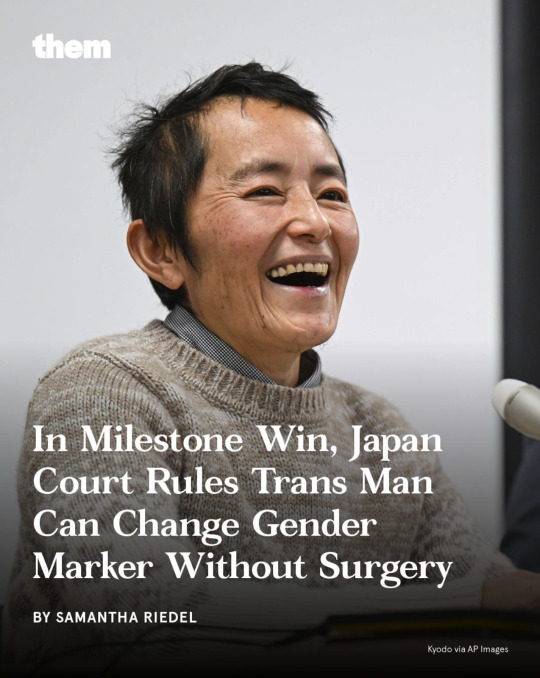
Japan Court Rules Trans Man Can Change Gender Marker Without Surgery
Them reports:
A Japanese court this week approved a transgender man’s legal gender change without first requiring sterilization, marking a major step forward for trans rights in the country.
Takakito Usui, 50, won recognition of his gender before the Okayama Family Court’s Tsuyama branch on Wednesday. “I want to thank my family. I feel a new life is beginning,” Usui, a farmer living in the rural Yamagata Prefecture, said at a press conference on Wednesday following the ruling.
Usui previously petitioned to change his legal gender in 2016, the paper noted, but was rejected because he had not been medically sterilized, as was then required under Japanese law. In October, Japan’s Supreme Court struck down the 2003 statute requiring trans people to be sterilized before obtaining legal recognition.
More here!
25K notes
·
View notes
Text
As a young boy in school, Masaki Sashima would be dragged out of his classroom and beaten by his fellow students.
Masaki, now 72, was different to the other kids.
He was Ainu, an Indigenous people from the country's northern regions, most notably the large island of Hokkaido.
"During recess, the hallway door would open, and several guys would yell at me to come out," he said.
"I clung to my desk in the classroom and kept quiet.
"Everyone would surround me and beat me."
Japan has long portrayed itself as culturally and ethnically homogenous, something that some have even argued is a key to its success as a nation.
More than 98 per cent of Japanese people are descendants of the Yamato people.
But the Ainu are distinct, with their own history, languages, and culture.
But, as the victims of colonialism, assimilation, and discrimination, much of that identity has been lost.
17K notes
·
View notes
Text

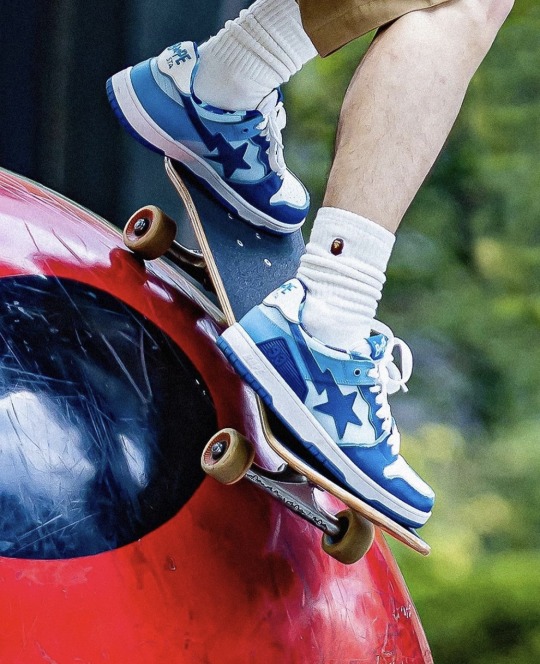
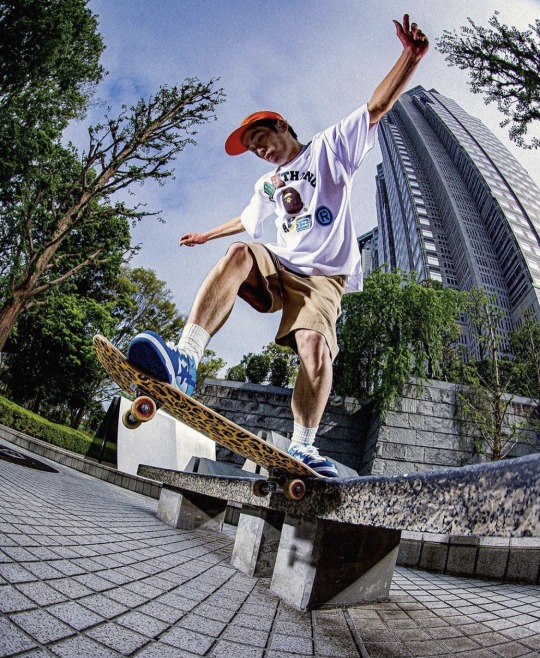

BAPE SK8 STA
#bape#sk8 sta#menswear#fashion#skate#nipponism#japanism#japan#skateboarding#a bathing ape#street style#streetwear
6 notes
·
View notes
Text

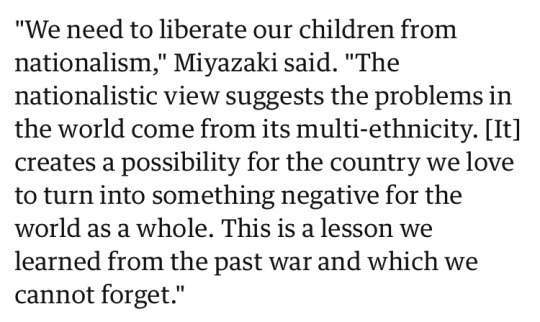
Baffled.
#personal#not art#like how do you arrive at this conclusion#what beliefs?#the man may be a total grouch but if there’s one thing he HATES it’s Japanese nationalism#Japanese nationalists famously HATE his work especially the wind rises which criticizes imperial Japan and calls out the invasion of China#don’t ask for context on the first part of the tag I’m not answering
37K notes
·
View notes
